THE EARLY BIRD AND THE WORM
The time is racing away. Watch out or you might find yourself left behind, washed up – a social outcast even. You have to keep up, everyone says so. Perhaps there’s comfort to be had from the crowd, all paddling frantically all the time trying to keep up with each other.
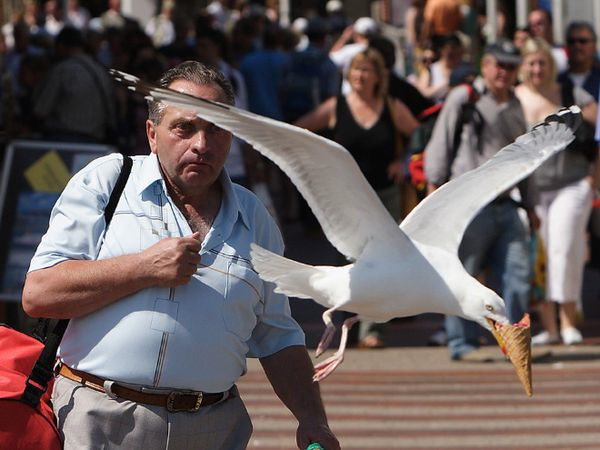
Hanging with the crowd is an option, as is studying the crowd from near or far, drawing clever conclusions from the spectacle or, for those of a particular bent, openly or covertly extracting money from the crowd to line the coffers closer to home. There are win-win stories to be authored too, of course, but only if everyone is also prepared to let everyone else take a little something home with them from the deal.
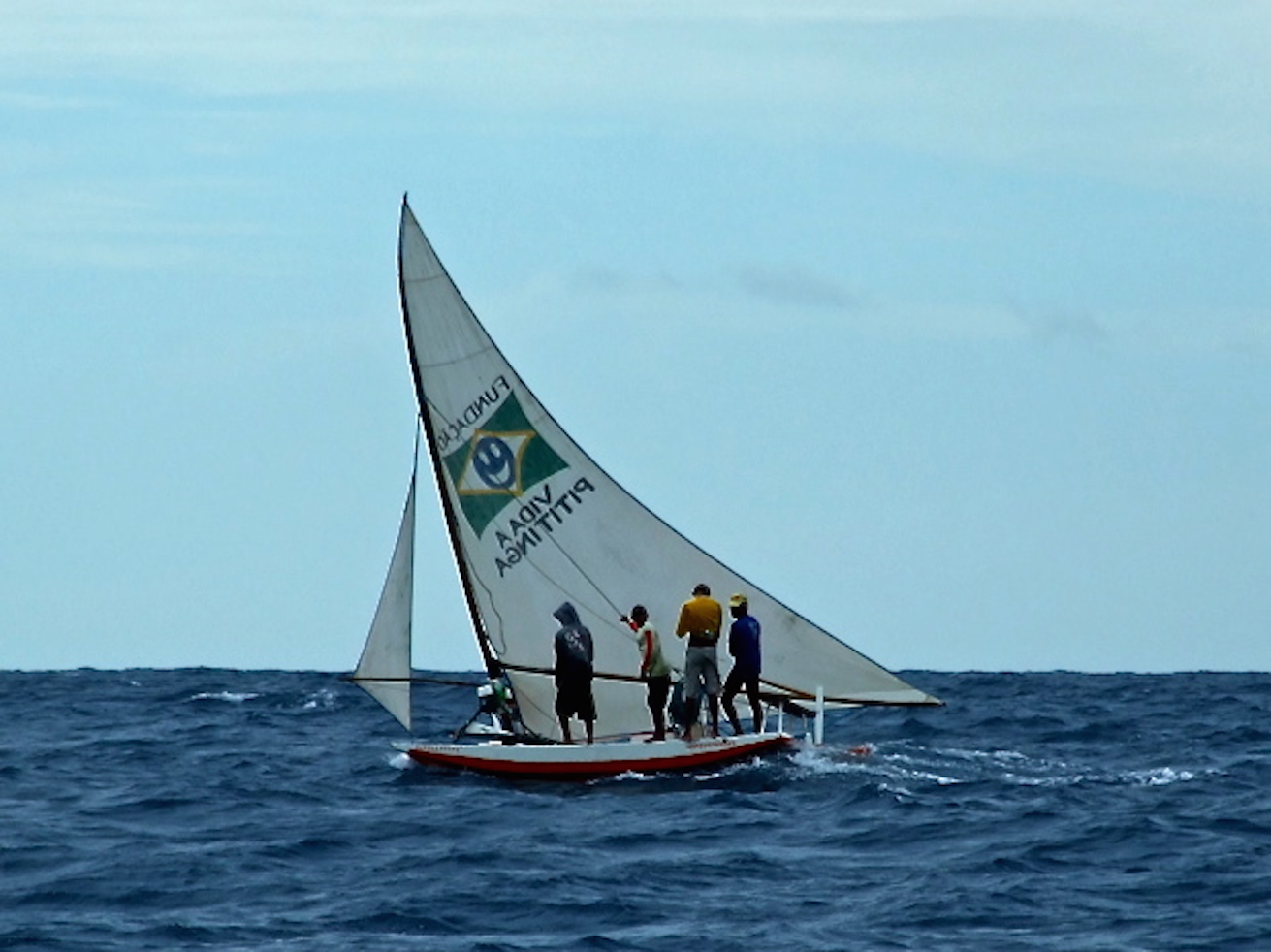
SAILING IN ITS PUREST FORM
The idea behind theGolden Globe Race 2018has fascinated me from the very beginning. How wonderful, I thought, that someone would be prepared to look beyond the many heavily publicised – but nevertheless largely interchangeable – regatta events that dominate the calendar today to put sailors and a simple no-frills boat back at the heart of our sport. Even better, I said to myself, it will give me a good reason to go back to Falmouth, a place close to my heart.
And then all at once I was back in 1989 in Les Sables: it’s November but every hotel in town is full and I’m steeling myself for another night in the car – surrounded by hordes of other sailing fans doing just the same, all of us with the engine running just to keep the frost out of our feet… I like French cars and it turned out the Espace very much lived up to its name. Nearly three decades on I had no desire to repeat the experience, however, so when the GGR 2018 announcement came along I quickly booked myself a room atThe Royal Duchy on the Falmouth waterfront.
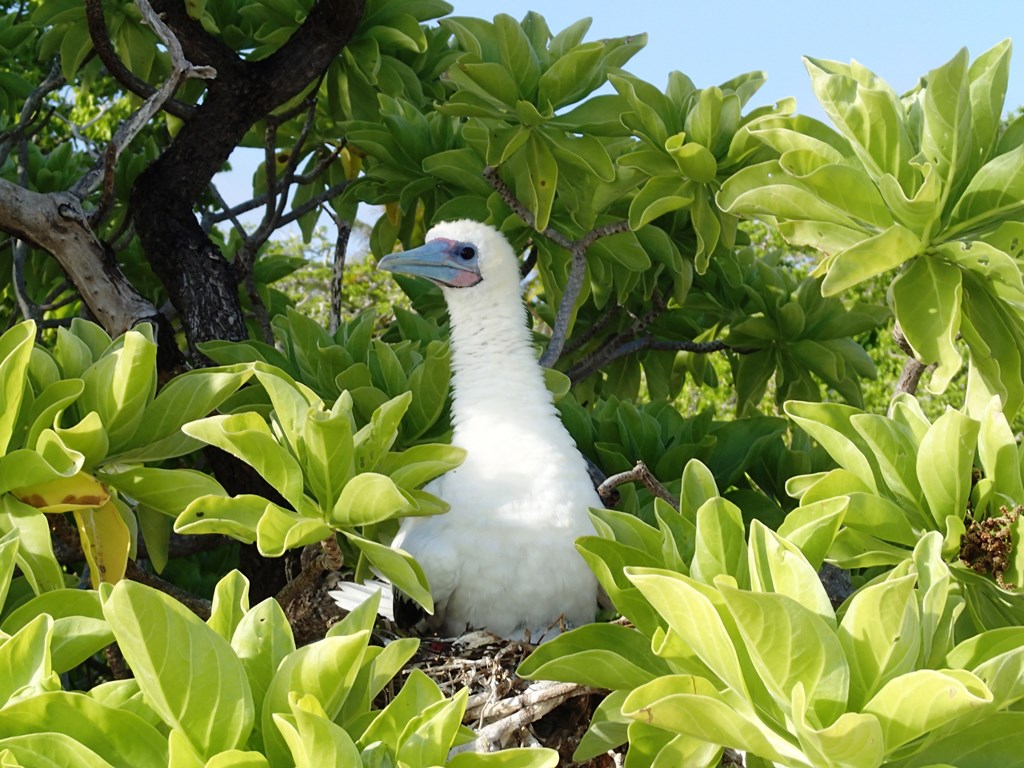
Proud on its perch, the early bird rearranged its feathers, congratulated itself for being so smart and started to look forward to the worm – with a dash of luxury into the bargain. The worm, however, turned out to have other ideas, none of which involved Falmouth in 2018:
Don McIntyre, the go-getting Australian ex-BOC racer and successful businessman behind the GGR retro-regatta idea, has a nose for a deal and despite its unimpeachable historical ties to the GGR as the start and finish venue for the original event in 1968, he soon realised Falmouth was too far from the money trail this time around and shifted the start to Plymouth instead.
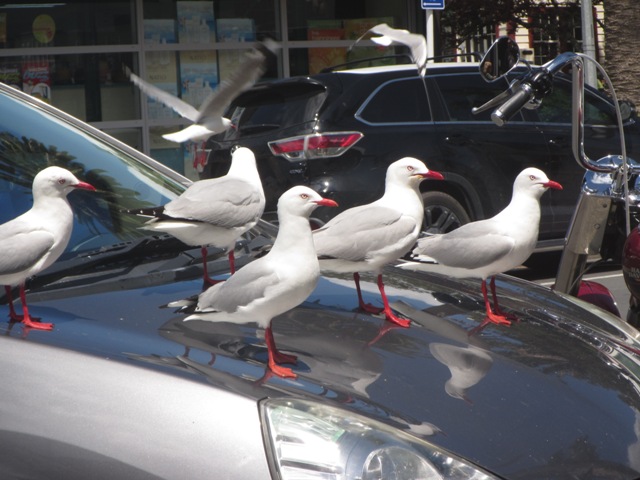
Perhaps Plymouth seemed like a more tempting offer for the sponsors the organisers were hoping to attract to oil the wheels of the planned major event? Perhaps Falmouth would have been too focused on the sailing, with too little to bring in the non-sailor as well? Whatever the reasoning, Falmouth would not be abandoned altogether and would still host the Suhaili Parade of Sail as part of the race build-up. So enthusiastic were the UK’s sailors, sailing organisations and media about the revival of the GGR in the country in 2018 that there would surely be enough excitement to support two venues.
Don McIntyre, the Golden Globe Race Chairman says: “Plymouth’s enthusiasm for the 2018 Golden Globe Race is fantastic. We are all excited to be partnering with this vibrant Ocean City and with so many new and exciting elements coming together for the Race Village and start day, we are looking forward to attracting spectators from across the UK, Europe and the world. June 30th will see 30 Heroes embark on a voyage the likes of which the world has never seen.”
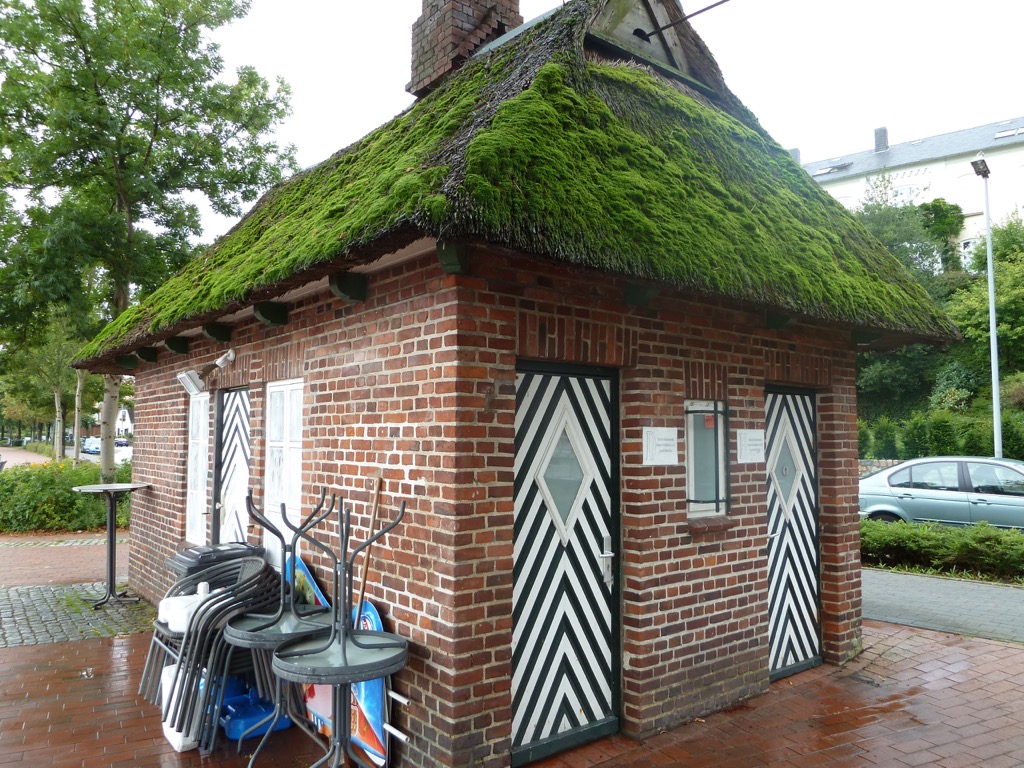
That being the case, I immediately set about changing my hotel booking. Oh no I didn’t. This time I decided to wait and, perversely enough, this time, while I didn’t exactly catch the worm, I did manage to avoid failing to catch the worm. Plymouth’s turn to bask in the GGR sun also turned out to be brief and the initial announcement proclaiming it would host the start was followed just a few months later by another announcement explaining that actually it wouldn’t. Once again the issue appears to have been a mismatch between what the organisers expected or required and what could actually be achieved on the ground.
Press releases often exhibit remarkable creativity when it comes to explaining the causes behind events – a creativity not necessarily restricted by any inconvenient concern about plausibility. In this case the blame was laid squarely at the feet of Brexit (apparently sponsors were reluctant to make any commitment given the prevailing political uncertainty). Whether this represents a creative explanation largely depends on one’s point of view, but it must be awfully tempting just now for any organisation needing to point a finger in this part of the world to point it at “geopolitical developments beyond our control”. Is that the whole story? The voice of experience suggests perhaps not.
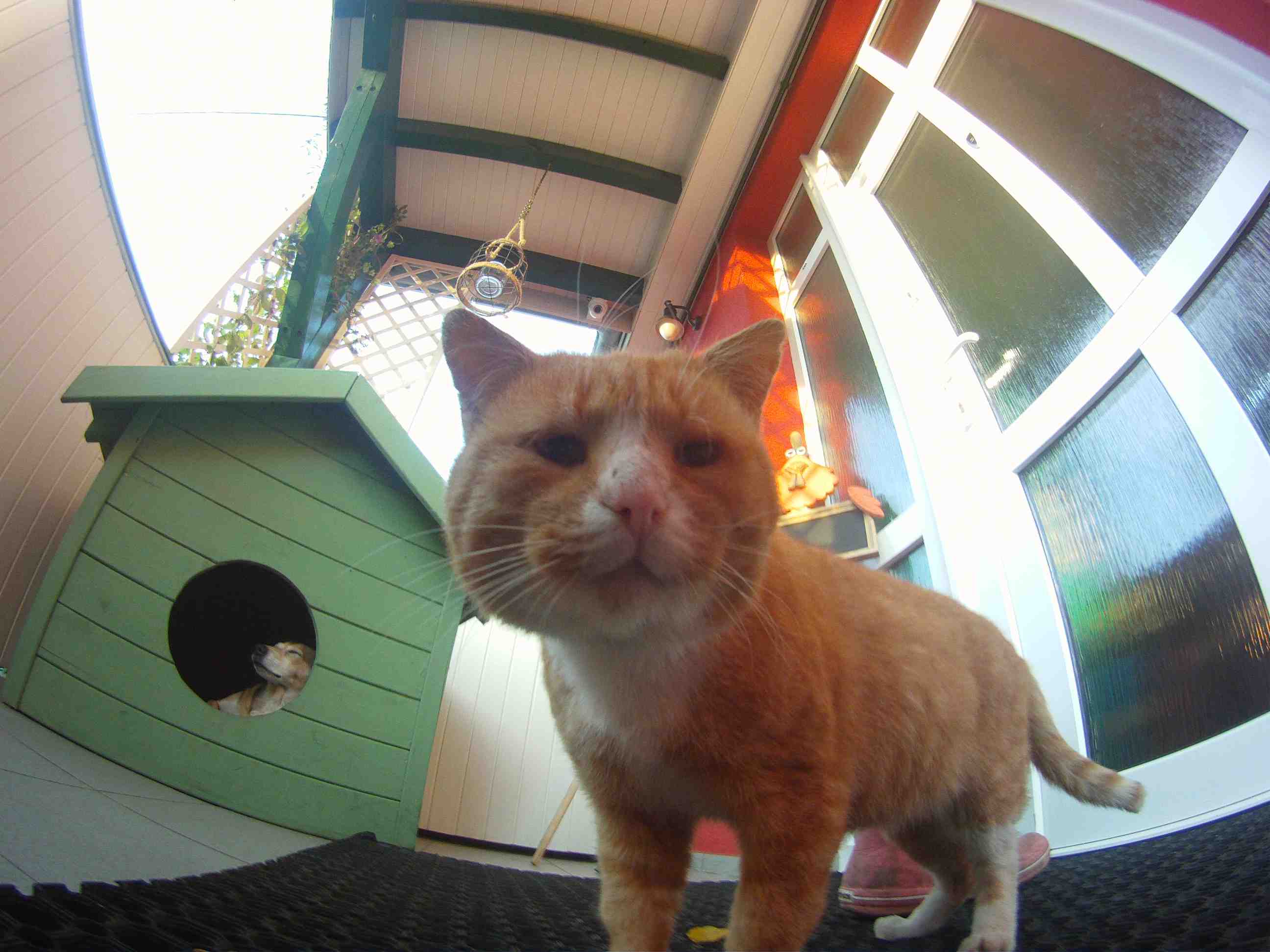
So if not Plymouth, where? News cameat the beginning of October that the GGR 2018 was now to start from Les Sables d’Olonne, the venue Falmouth might have become had the solo long-distance racing scene born out of the original GGR ultimately blossomed in the UK rather than in France.
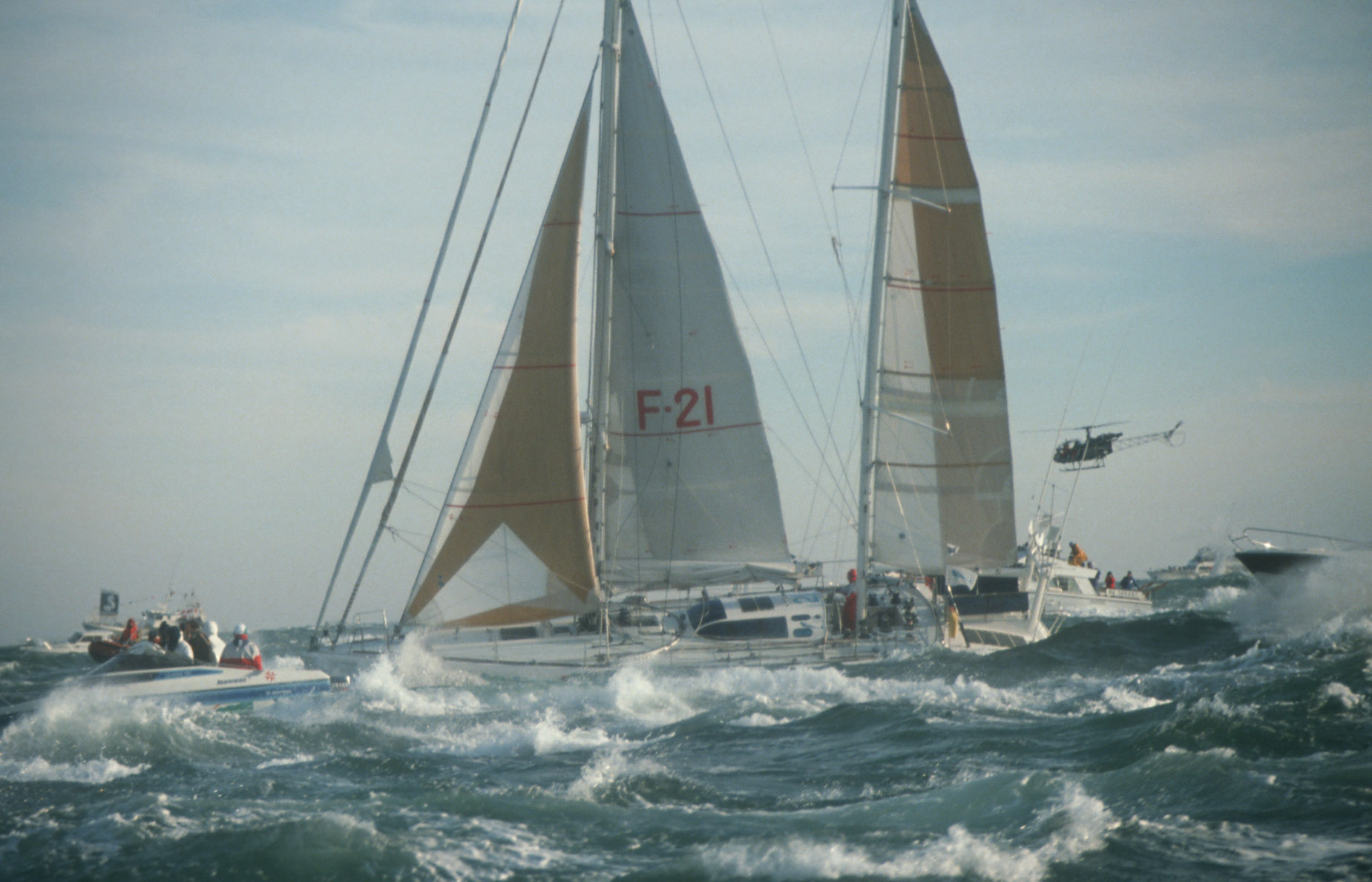
HIGH-TECH VERSUS NO-TECH
The initial decision to base the GGR 2018 in Falmouth made sense in part because of the obvious and attractive contrast between the glossy French-based professional high-tech racing circuit, with its big-name sponsors and huge budgets, and a much more modest – some might say “purer” – ultra-low-tech event for amateurs with limited budgets based in the historical home of solo round the world racing. The GGR 2018 would offer excitement enough, of course, but it would also have the added appeal for the ordinary sailor of being almost within reach, of generating that “Other things being equal that could be me out there” feeling in a way that the 20 kt+ average speed rocketships dominating the professional game absolutely do not. The adventures of single-handed sailors still grab the attention of the interested public in a way that no other sport can because of the complexity and uniqueness of the challenges involved and the fundamental difficulty of mastering them all on the remotest expanses of water the Earth has to offer.
The decision to move the GGR to Les Sables alongside the Vendée Globe, bringing together two very different beasts, seems to have allowed the cat out of the bag in terms of some of the GGR 2018’s financial planning too. Initial reports suggest the event is being backed to the tune of € 1 million in France and put its total budget at € 4 million.

The obvious question to ask, now that this information has found its way into the public domain, is: where is all that money going to come from? The Vendée Globe captivates the French nation and attracts a correspondingly strong array of major sponsors, but even starting from Les Sables is not going to put the GGR 2018 on anything like the same footing. Perhaps this explains why plans for the latter continue to evolve and why no sponsor has been mentioned as yet on the event website.
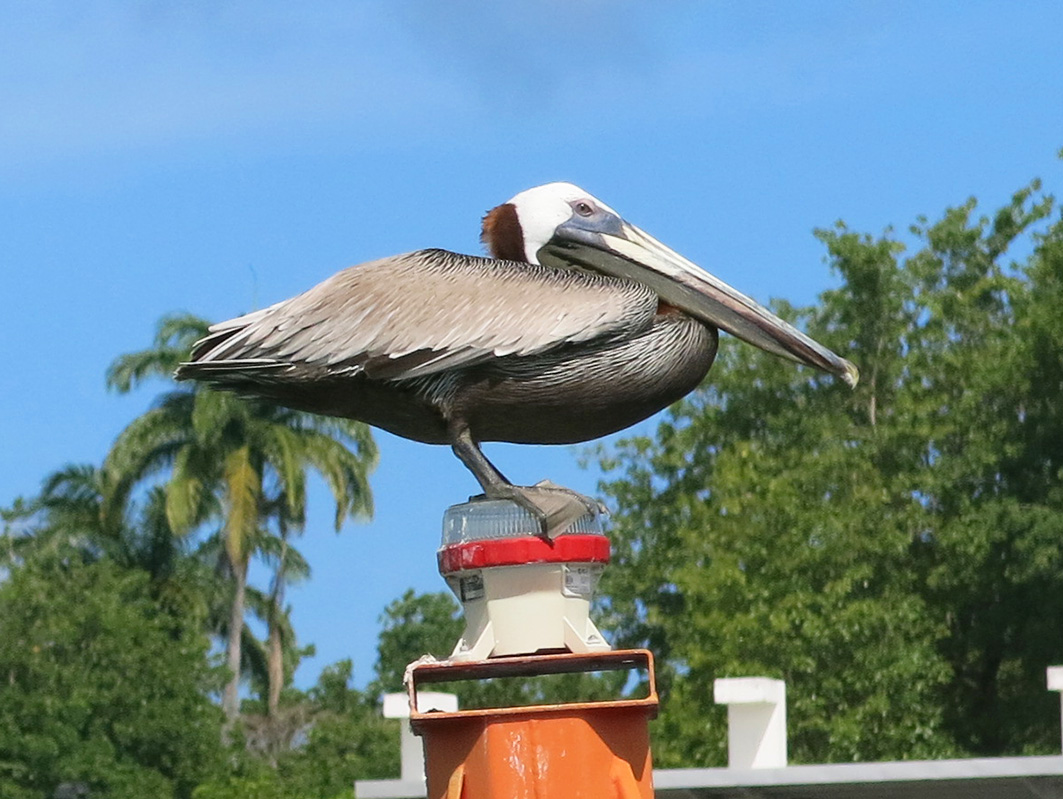
FROM THE TOP
First of all, does it even make sense to revive the Golden Globe concept after half a century? I would say the case is compelling – indeed the only mystery is why it has taken so long for somebody to think of it.
Sailors the world over still recognise and revere the achievements of Robin Knox-Johnston and Bernard Moitessier and the list of people to have completed a non-stop circumnavigation remains a short one (a short one dominated by the French, who have the advantage of coming from a land where the average person in the street understands and appreciates sailing as a sport). This equates to very fertile ground for sponsors: the events and their participants are highly respected and there is widespread public interest, so the potential return on money invested in sponsorship is quite considerable.
Sailing events in France present a win-win situation that would be inconceivable almost anywhere else in the world – only down in Kiwiland does sailing command the public’s attention to anything like the same degree. Here in Germany sailing has never managed to make much of an impact on a public thoroughly marinated in football and consequently offers little to attract sponsors from outside of the marine industry. Football is just that much more accessible (provided the TV remote hasn’t slipped too far down the back of the couch) and owning a ball just doesn’t inspire envy in the way that owning even the smallest boat seems liable to do. Although there may be more to it than that.
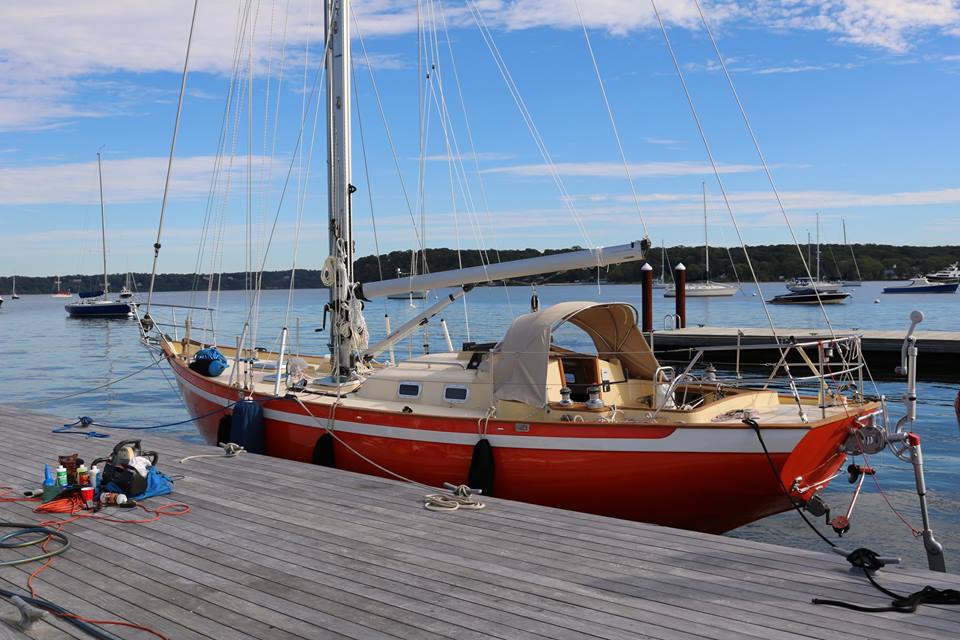
GGR 2018 AND THE VENDÉE GLOBE: WORLDS APART?
The differences could hardly be more pronounced… at first glance. On one side we have a national institution that takes technology and sponsorship budgets to new heights every four years in a relentless pursuit of speed that has seen the winning time slashed from 109 days in 1990 to just 74 days in the most recent edition. This quantum leap in performance shows what can be achieved when sponsors with deep pockets come together with uninhibited naval architects, innovative materials scientists and teak-tough skippers willing and able to push their advanced sailing machinery to its absolute limits (and, not infrequently, beyond).
Extensive press coverage of charging boats liberally plastered with eye-catching sponsor logos ensures a wealth of exposure for the companies footing the bill and ensures that every brand associated with the event becomes firmly lodged in the brain of fans (the French ones at least). The whole thing is a marketing express train stoked by the eye-watering budgets leading brands are prepared to commit in order to capture a slice of the PR action. Being there is everything for keen followers of the race and the on-board cameras now carried by the fleet ensure they never miss a moment of the story. Which is great for the sponsors too, of course, because if the competitors are constantly in the spotlight, so are they.
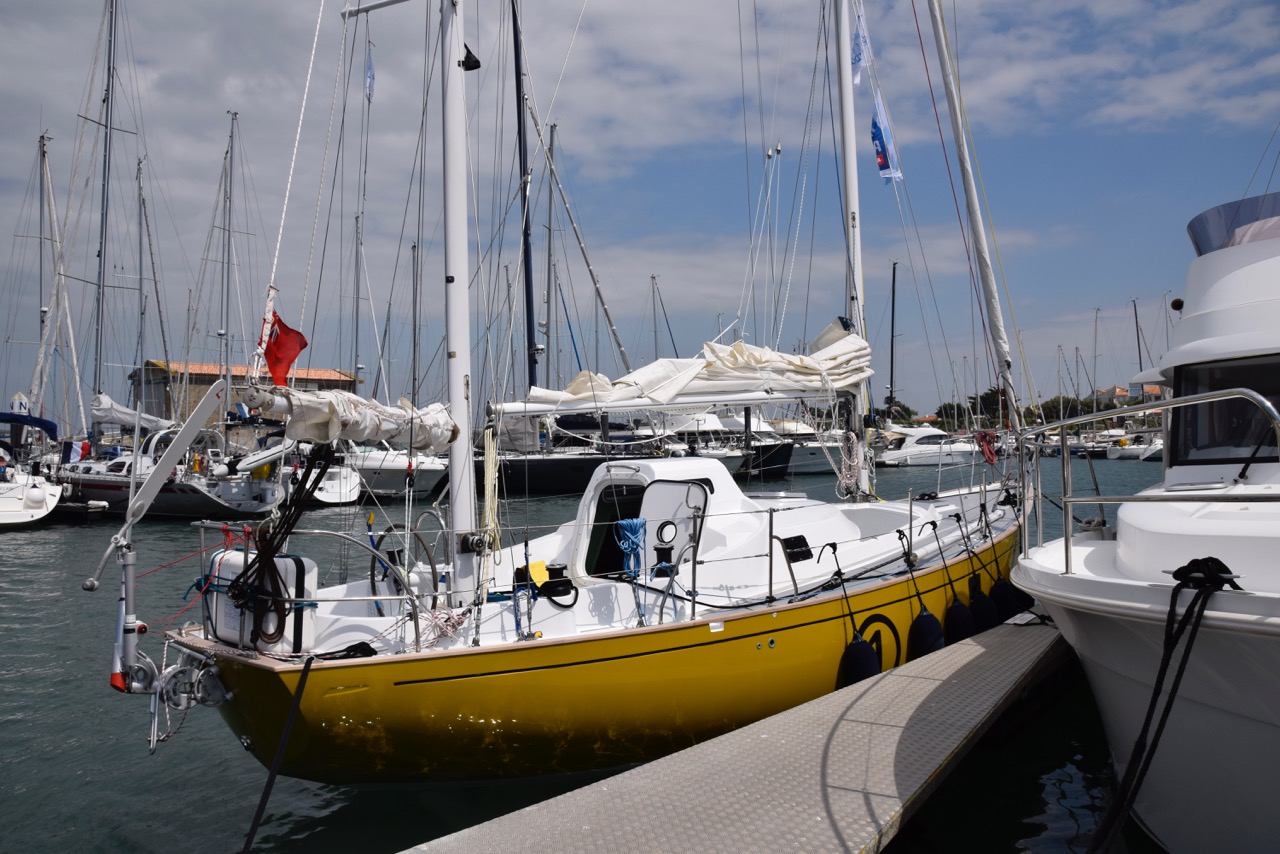
On the other side we have a proposed new incarnation of theSunday Times Golden Globe Raceoriginally held in 1968, a time when the idea of sailing all the way around the world non-stop and alone still seemed pretty far-fetched – and was therefore exciting enough to interest the public at large and make it worthwhile for a national newspaper to sponsor the event (a newspaper that had shortly before done good business on the back of its support for Francis Chichester and recognised the financial potential of another similar scoop). The story needed a promising home-grown competitor to really fly, of course, and the newspaper eventually settled on a deal with Robin Knox-Johnston. Everything ran to plan (from the Sunday Times’, Sunday Mirror at the end respectively, perspective at least) and Knox-Johnston duly arrived at the finish in Falmouth on the 22nd of April 1969, after 312 days at sea, as the only finisher from a total of nine starters. And now we are set for a repeat of this trailblazing event – or at least parts of it.
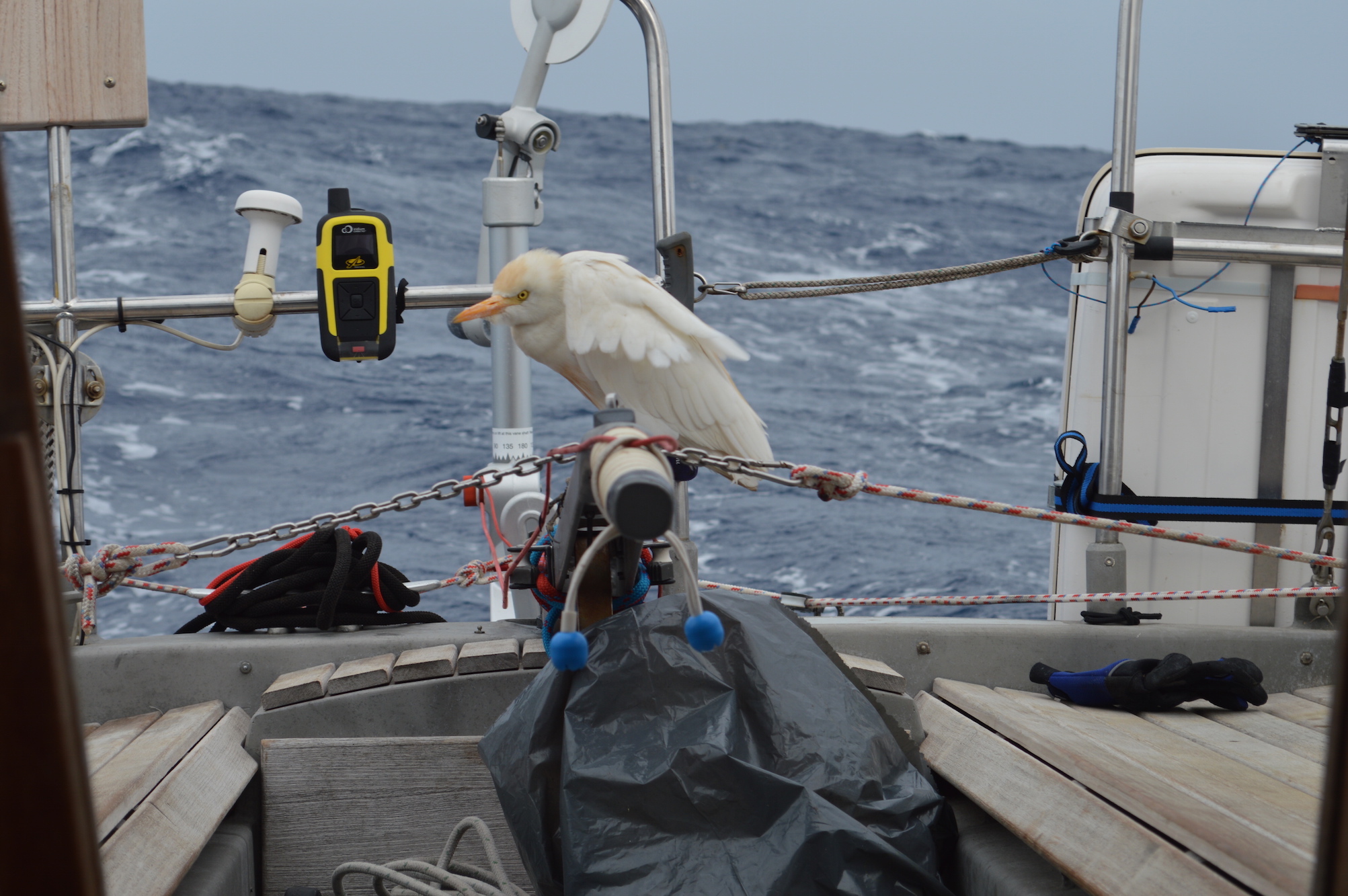
THE BIG QUESTION
A commercial event needs a strong financial foundation. The established Vendée Globe model cannot be transferred to the GGR 2018 because it runs directly counter to the organisers’ concept, which sees no place for regular on-board audio and video reporting for the duration of what is likely to be a ten-month event (give or take a few weeks). This is an enormous period over which to try to maintain the excitement and a real challenge for the organisers. It is probably something of a red flag for potential sponsors too: sponsors need to see their name constantly in the audience’s line of sight, a requirement that modern races meet by providing exciting footage that keeps race followers coming back for more.
A fleet of thirty solo sailors who have no direct contact with the public represents comparatively thin gruel for sponsors because supplies of the all-important striking on-board images and video will dry up almost as soon as the race has begun and it will therefore be very difficult to maintain a constant virtual presence. This may well be why the GGR has chosen a different path as it seeks to cover its costs: entry conditions that make the participants rather than the audience the main generator of income.
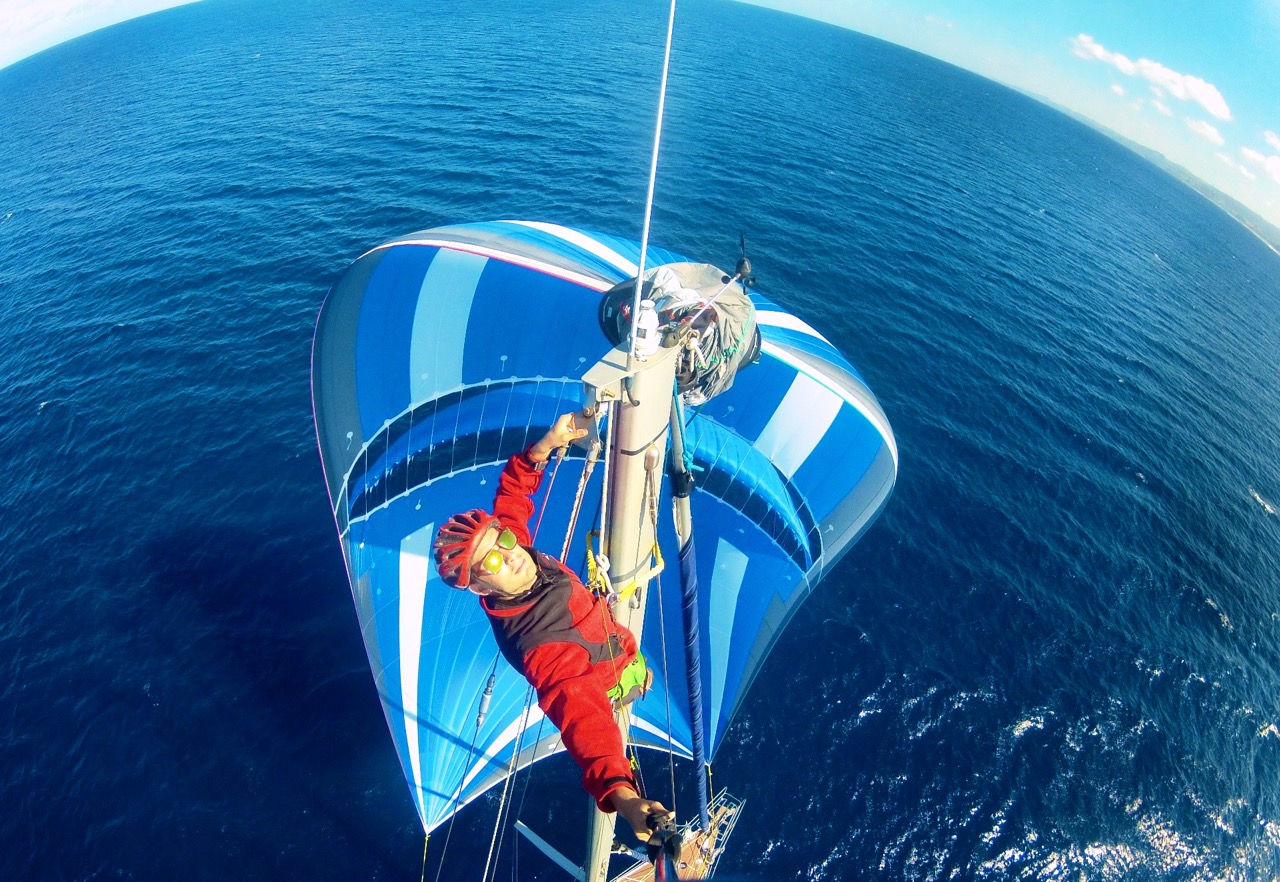
GGR 2018 RULES
The GGR 2018, as an intentionally retro event, obviously has no need of the sponsor-fuelled leaps in technology typical of the Vendée Globe, but the restrictiveness of its rules also puts it at odds with its predecessor and inspiration of 50 years ago, which left much – even the start time, the choice of boat and the equipment to take – to the skipper’s discretion (essentially it was a case of leave, round the great capes and come back in one piece, a challenge that created the stuff of legend and that none but Robin Knox-Johnston actually completed).
Don McIntyre´s summary:of the key differences as he sees it between the Vendée Globe (“super high tech and commercial”) and his GGR 2018 (“all about human endeavour and Corinthian spirit”) is succinct enough, but it seems to me that there is another significant difference in the form of the very strict rules being imposed by the GGR 2018 organisers. Do GGR participants really need to be subjected to such draconian restrictions or are these perhaps more a way of demonstrating to the outside world the Spartan nature of the event or more clearly underlining its distinctiveness with respect to its “super high tech” counterpart? However they may be justified, these rules seem to me liable to create real difficulties for most genuine amateur sailors, who would surely find it all but impossible to meet the entry conditions without external financial support.
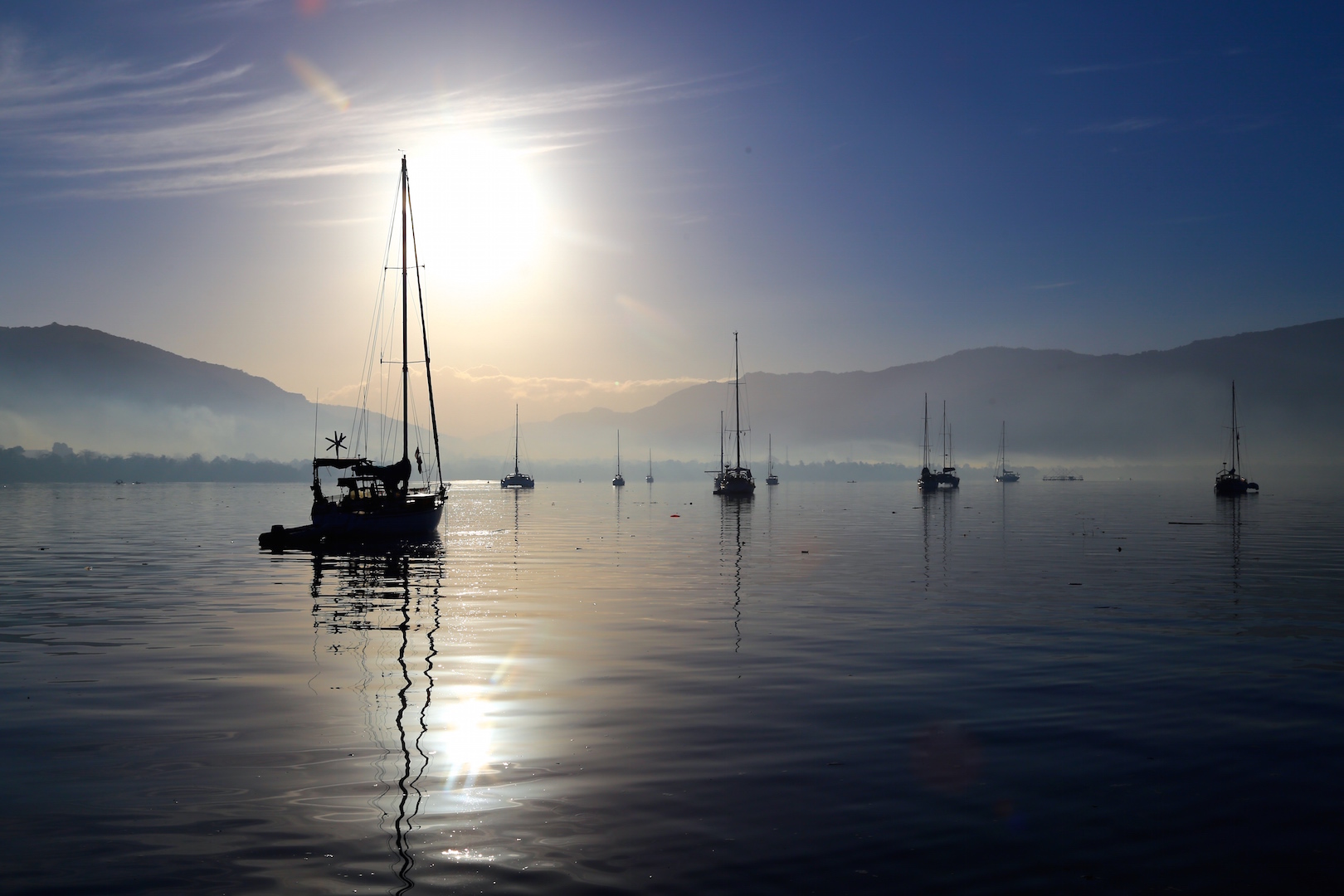
According toofficial race documentationboats are only eligible for the GGR 2018 if:
– they have a hull length of between 32 and 36 feet (Robin Knox-Johnston’s Suhaili was 32ft, but would not qualify for the 2018 race due to being of wooden rather than GRP construction);
– at least 20 of the design have been built;
– they have a full-length keel with keel-hung rudder;
– and they have a design displacement of at least 6,200 kg.
Electric autopilots, all types of electronic system and composite sails are prohibited.
Colin Speedie, an experienced circumnavigator, author, journalist and correspondent for the Attainable Adventure Cruising website, hasdescribed in detail,some of the challenges encountered by would-be competitors trying to assemble a campaign compliant with the GGR 2018 rulebook. This added complexity no doubt helps to explain why the provisional entry list has shrunk from the original 30 names plus a considerable waiting list to the current figure of 26 paid-up participants in the space of just a few months. The organisers are quite open about the fact that additional participants would still be welcome.
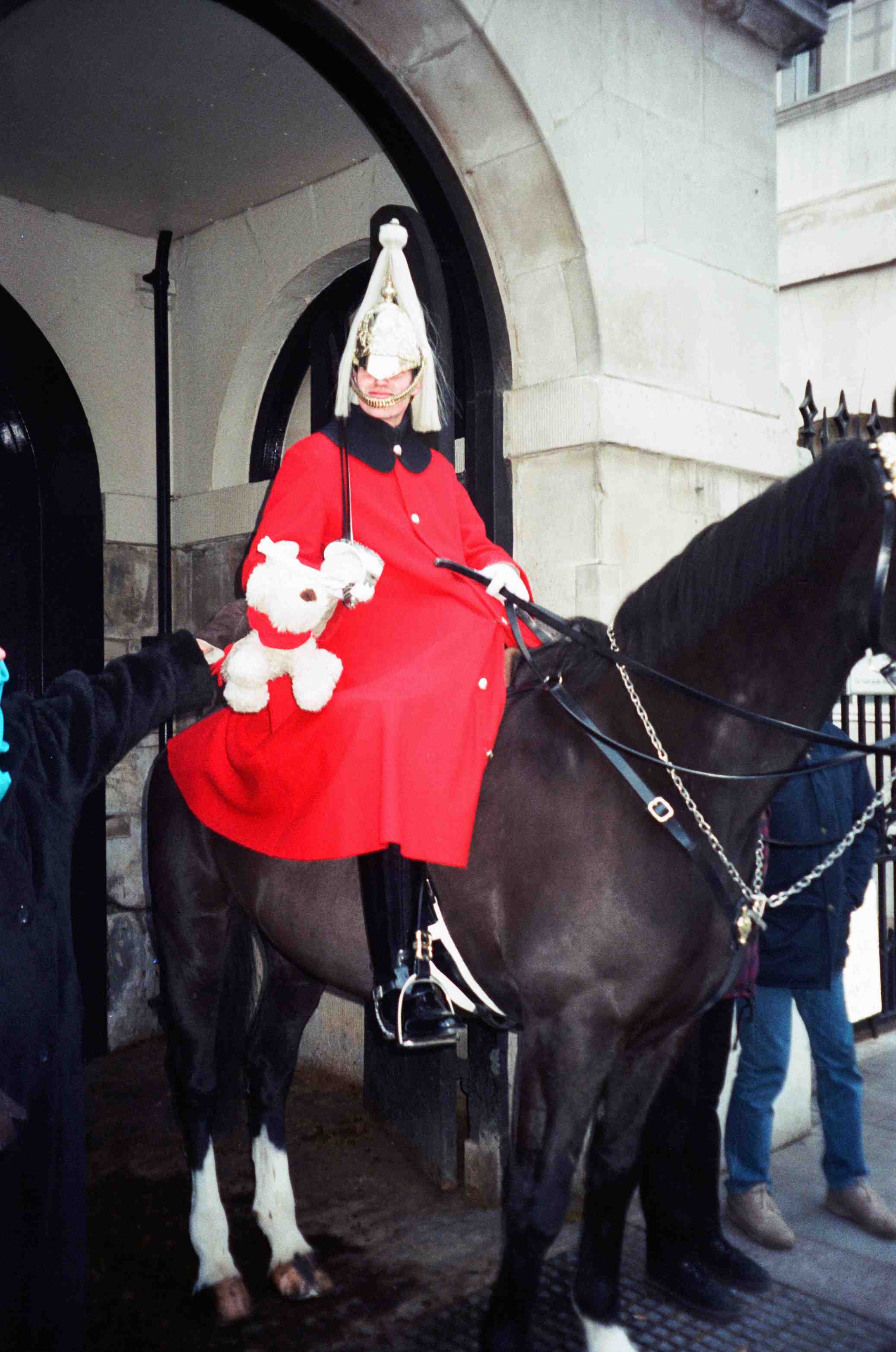
FUN, FUN, FUN…
Anyone who has engaged with Don McIntyre or followed his comments regarding the GGR 2018 will surely have noted the emphasis he places on the “fun” element of the event. Now, we can all imagine just how steering by hand all the way around the world would lower the fun quotient, so towards the end of last year I thought I had better get in touch with the organisers to see whether and how I might be able to help the fleet access support in the transom ornamentation field. I had in mind to offer GGR competitors the same kind of assistance I have been providing for decades at the major hubs of the bluewater network: with idealism and hands-on service for sailors on site (me on their boat, in other words). This seemed like a logical gesture given the number of enquiries I had had from prospective participants and I thought it only decent to talk to the organisers first.
DonMcIntyre´s response was not quite as I had imagined it:
Certainly, I appreciate your offer of partnering up with the Golden Globe race which is going to be quite an event that is for sure. The situation is that we very early on established a joint relationship with Hydrovane which is obviously exclusive and we are quite happy about that so unfortunately, we are unable to have another self-steering system on board.
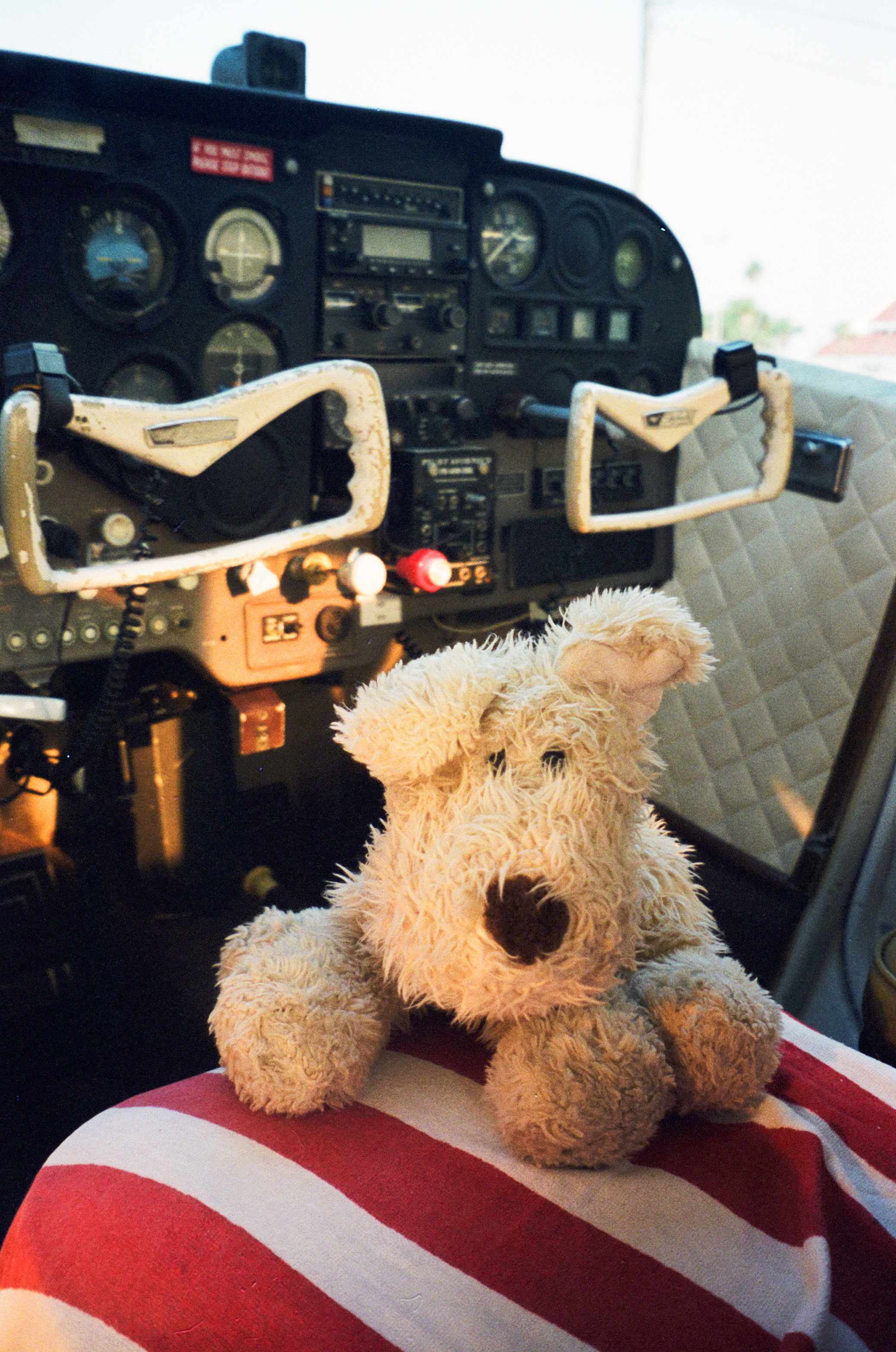
The early bird followed up on missing the worm by flying straight into a plate-glass window. Who would have thought that the organisers of an event like this would express a preference in relation to what must – without a shadow of a doubt – be the most important and sensitive piece of equipment of all for a solo voyage under these conditions: the windvane steering system.
HISTORY REPEATS
Preferred supplier status and exclusive market access on payment of a fee to the organisers? This is an arrangement I recognise all too well and while the financial arguments behind it are obvious enough for both sides, I still find it just as odd as when World Cruising did the same thing (although most in the relatively short and fully-crewed ARC manage without a vanegear, whereas the GGR will see every single competitor relying on one). I would prefer to see organisers steer clear of endorsing a particular product in such an important area, as the wrong choice could easily render all of a skipper’s other preparations and decisions moot. Then again, I accept the GGR organisers have books to balance just like the rest of us.
Windvane self-steering manufacturers operate in a niche market and that is never going to change, so the number of potential customers from whom the costs of this type of marketing arrangement have to be recouped is extremely small and makes any such venture a dicey one. On a more general note, is paying for exclusive deals and special access to customers really the best form of marketing in this type of business? Are the costs involved in actively pushing a product in this way justifiable when compared with the lower profile but also much lower cost word-of-mouth approach? Perhaps it all depends on your starting point.
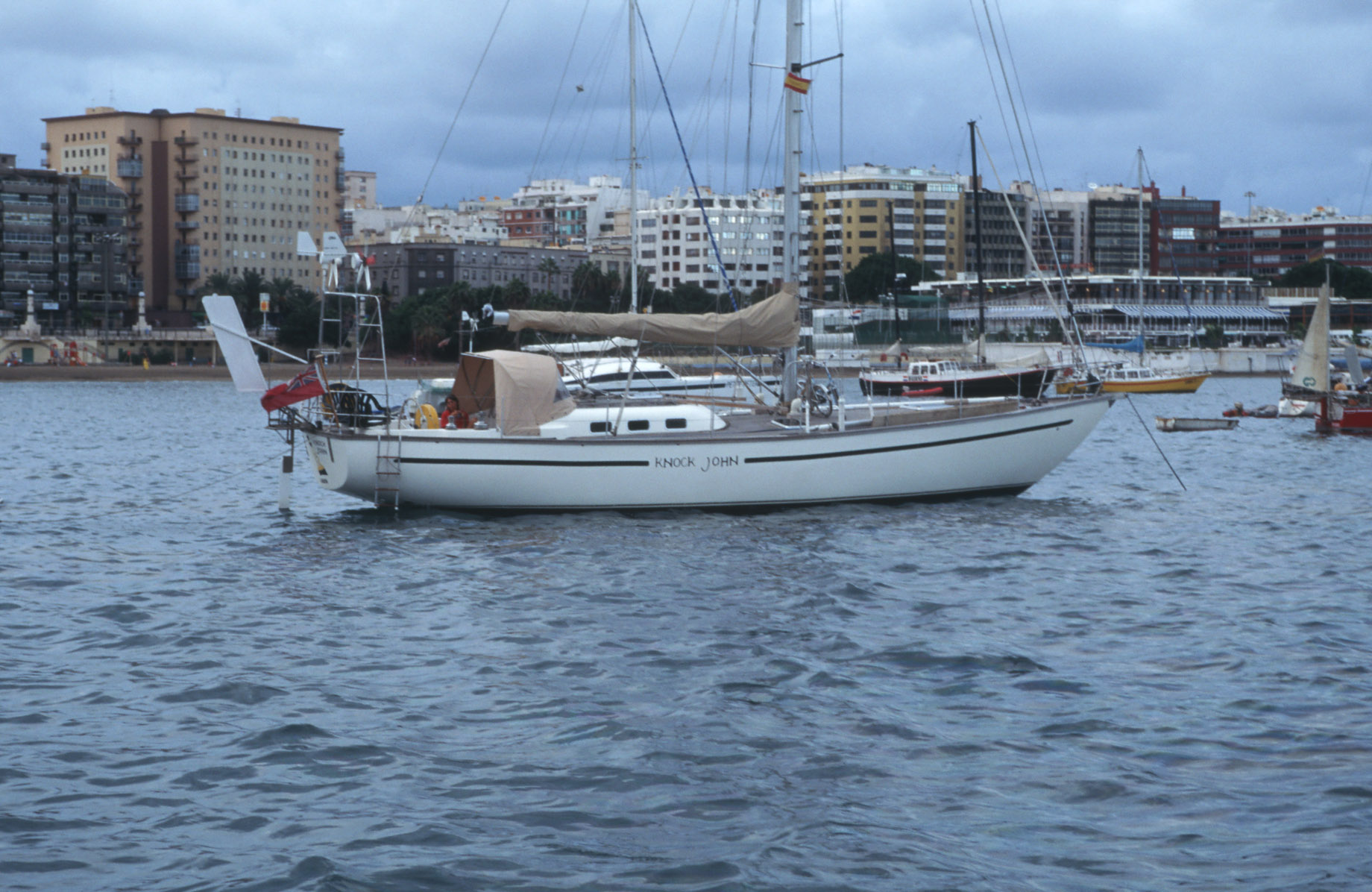
The organisers’ general rule is that:
If it was not on “Suhaili” then you cannot use it. Some items are considered safety gear and are exempt. All equipment on board “Suhaili” is described in RKJ’s book “A world of my own”. The following are typical things NOT allowed. GPS, radar, chart plotters and electronic charts, electronic wind instruments, electronic log, mobile phone, iPhone, iPod, Kindle or any computer based device, CD players, electronic watches/clocks, video cameras and electronic cameras, electronics of any kind, satellite equipment of any kind, digital binoculars, pocket calculators, water-maker, freeze dried food, carbon bre, spectra, any high-tech materials etc.
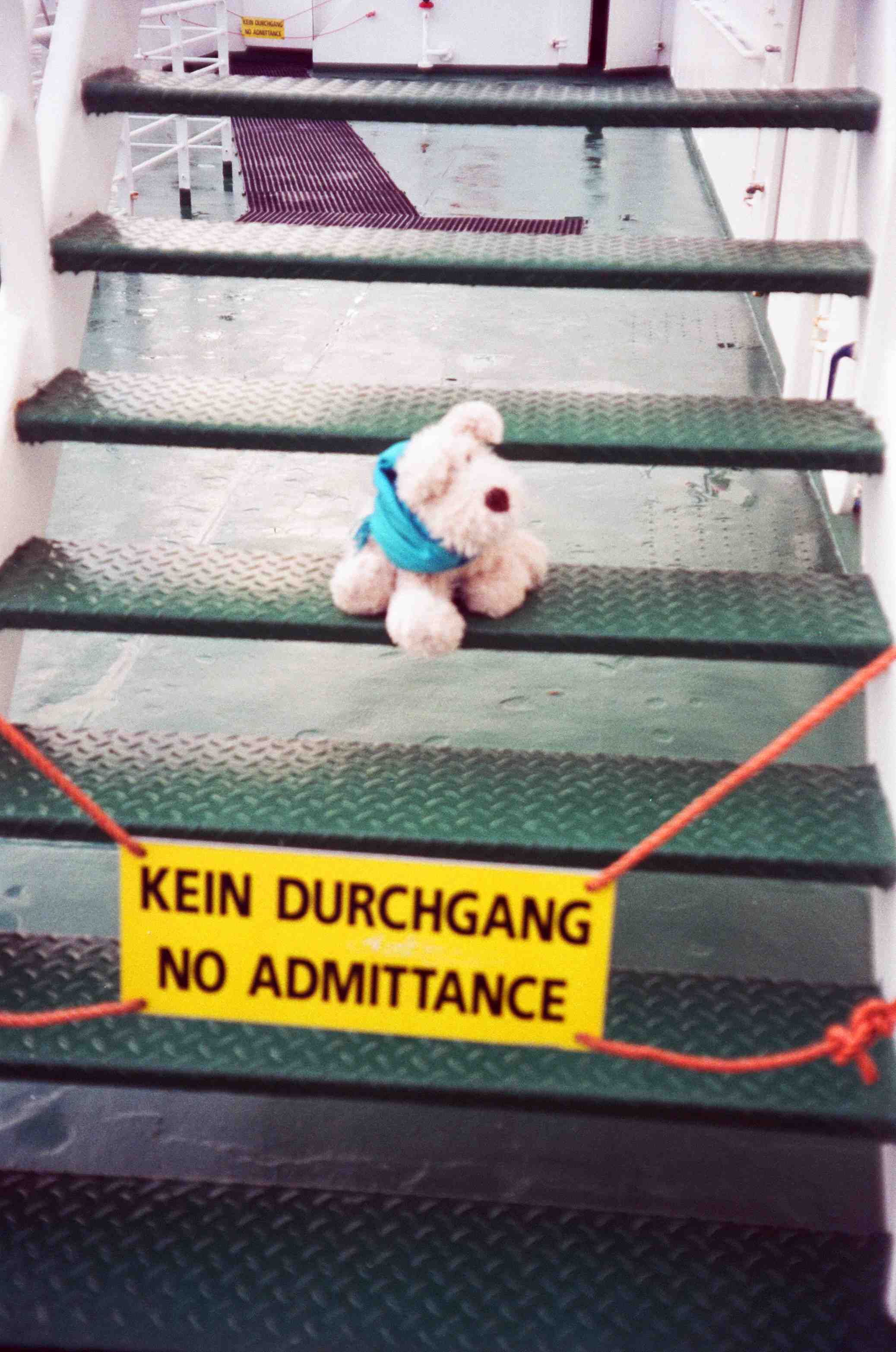
Silent self-steering has come a long way since 1968 (to the best of my knowledge the Sunday Times Golden Globe Race featured just the Hasler vane and a selection of one-off and trim tab systems, quite a few of them DIY models). Aries, Hydrovane and Windpilot were all still in their infancy at the time and played no part in the drama but while the GGR 2018 rules explicitly prohibit many other types of post-1968 equipment that would give skippers a more practical and affordable alternative to the original equivalent without obviously compromising the ethos of the event, no such restrictions have been imposed in relation to windvane self-steering. Whether Hydrovane’s exclusive support agreement with the GGR 2018 pays off for Hydrovane is naturally no concern of mine, but they may well have done all of us in the business a favour by persuading the rule makers to leave us alone!

Having accepted that arbitrary exceptions to the “If it was not on ‘Suhaili’…” principle can be tolerated in some contexts, I wonder if the organisers might not also have been able to spare the amateur sailors likely to be drawn to the event some of the more onerous parts of the compliance process. Why not adopt a measure of flexibility by, for example, not insisting on an immensely expensive set of new Dacron sails that we know right now will be thoroughly trashed by the end of the trip or allowing the use of relatively inexpensive modern navigational aids? Yes, the original competitors were isolated on their boats and yes, authenticity suggests participants should be required to experience the same isolation this time around, but there is a certain awkwardness in the way that this simultaneously allows the organisers to maintain control of pretty much all race news and data.
THE EYE OF THE NEEDLE
The high-wire act inherent in the purported effort to preserve authenticity shines through most clearly in the decision announced in Paris to ban the sailors from making any kind of digital recording during the race (participants may only use Super 8 movie cameras, film cameras and cassette tape recorders and copyright to race images passes to the organisers) and in the requirement that any participant in receipt of material support that equates to sponsorship must pay the organiser a “sponsor supplement” or face paying twice as much in the form of a punitive “sponsor surcharge” if support is deemed to amount to sponsorship but no “sponsor supplement” has been paid.
What constitutes sponsorship? Assistance in any form (in cash or in kind) that the providing party – the sponsor – intends to disclose publicly. Clearly this represents quite a risk for skippers in receipt of external support, as it makes them answerable financially for the actions of other people or organisations. Requests for clarification on the part of concerned participants have elicited the following explanation from:
Don McIntyre:
Any of your friends or mates or even companies can give you money or equipment or even substantial discounts on equipment and that is NOT considered sponsorship….BUT if at any time thereafter any of those people or mates or friends or companies start to promote their support or involvement with your campaign or entry ..in any medium at all..Blogs, Advertising, Facebook etc, .then that is considered sponsorship and you would be asked to pay the supplement fee…so you can see it is the entrants responsibility to make this point very clear to anyone and everyone you are involved with…in anything to do with your campaign. Quite simple.
The practical aspect of this is that an innocent random mention will probably not be picked up by the race management. But anything beyond that probably would, as we have many alerts and automatic Google searches on all media and entrant names for GGR as part of out media monitoring for later market and media penetration analysis.
So I hope that is clear enough..but as I say..if you truly are going to be Corinthian, then you would not want anyone pushing your brand without your approval anyway. So tell them not to.
It comes down to a simple principle that you are either pregnant…or you are not…there is no grey area.Then there will truly be sponsored or unsponsored entries and this rule done to protect the unsponsored entrants as well as the commercial nature of the GGR
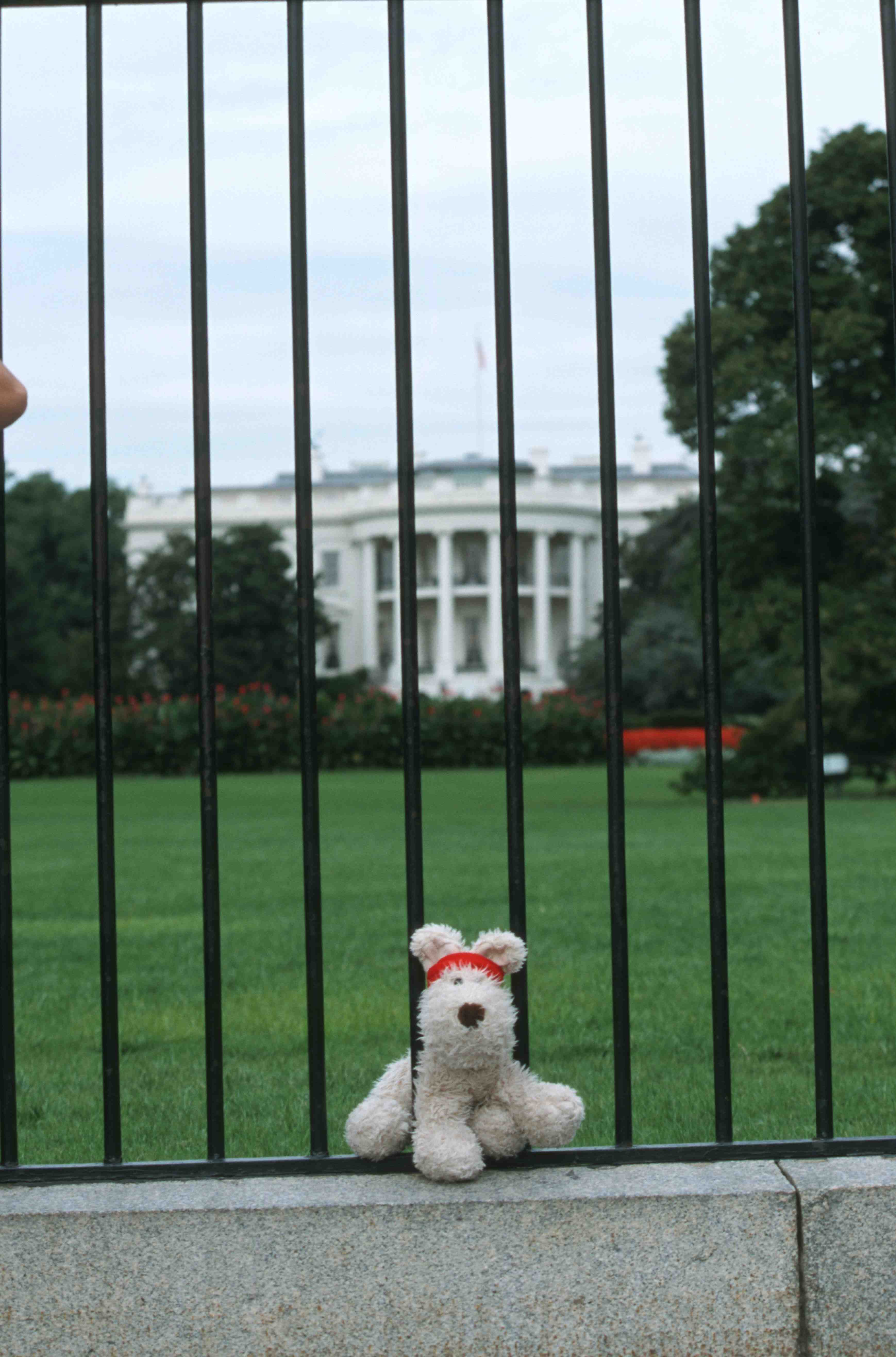
It seems to me the knowledge that they are being actively monitored and that any deemed transgression could land them with a hefty financial penalty will make it much more complicated than necessary for amateur sailors to obtain the support of potential sponsors (including contributions in kind to help them equip their boats). Participants find themselves hoisted on the horns of a dilemma: if they decide to go down the full official sponsorship route and pay the fee, they have to be sure they can attract enough in sponsorship to make it worthwhile and if they decide instead to accept support on the understanding that supporters will not seek to profit from their involvement publicly, they have to accept the risk of incurring a huge fine if something in the arrangement goes wrong. Potential sponsors face a similar problem: either they have to put many thousands of pounds into the deal or they have to contribute in silence (in which case why bother?).
Those with plenty of resources (either their own or contributed by big-time sponsors) are fine under these rules, but what about the ordinary amateur with all the dreams, skills and personal attributes but a limited budget? Even small-scale support could be essential for their participation, but with the first chunk of the value of any sponsorship received having to go to the organisers rather than the campaign, how can they even begin to make progress? I can’t help but think the cost of ensuring compliance with a stringent rulebook is an unnecessary burden to place on sailors needing to fund their participation out of their own pocket.
British sailor Tim Newsonwho has had to give up his provisional place in the GGR 2018 fleet, underlined the scale of the problem when he disclosed that the largest items in his budget looked like being the entry fee plus the extra costs for sponsor support (totalling £14,000) and the expenditure required to bring his campaign into line with the GGR rules, leaving him with a specific race-related total of approximately £30,000 to find.
Tim, who had already given up his home and moved into a container at the boatyard to save money, eventually judged that this extra expense was not sustainable:
I always thought that being part of the GGR would provide greater sponsorship opportunities than if I sailed independently. The restriction to sponsors logo size was a little frustrating but I also kinda liked it. I am happy that the boats aren’t going to be floating billboards like in the other ocean races. I still hope that a title sponsor will be part of my campaign. However, in the recent Paris meeting we were notified of a significant change in the rules. All the digital footage shot by the entrants while at sea is now going to be owned exclusively by the race organisers. Only the Super 8 footage (which will be very limited compared to the digital material) is to be shared. I have queried this with the organisers and they have told me they won’t review this position under any circumstances. This fundamental change in the filming rights now makes it foolhardy for a title sponsor to get involved with this event. This makes the GGR probably the most expensive and inaccessible yacht race there is. It is now effectively restricted to corinthian (privately funded) sailors, well beyond my means!
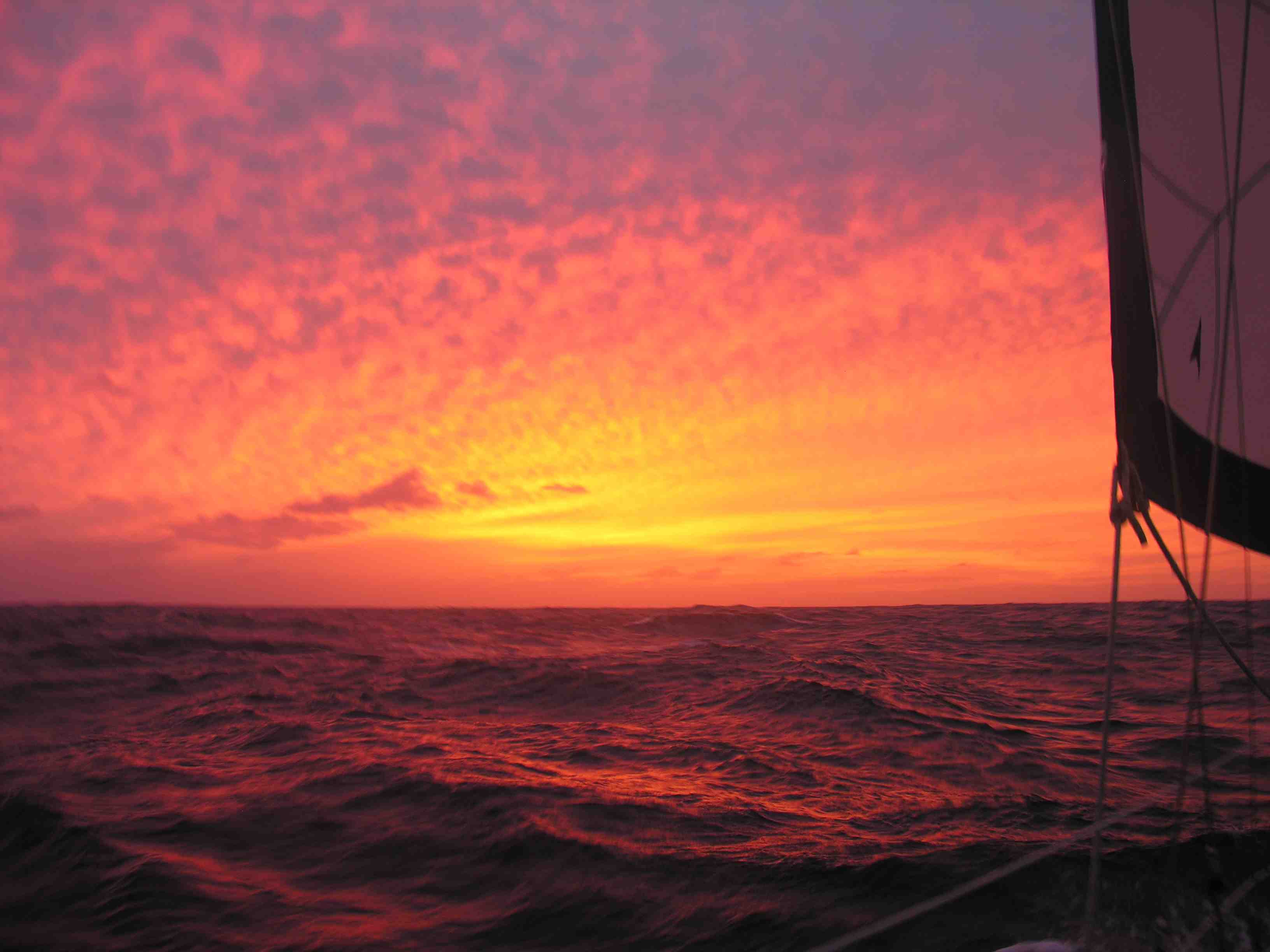
LA LONGUE ROUTE
The debate about the development of the GGR 2018 and its stringent regulations has had the very welcome side-effect of drawing renewed attention to the thoughts and observations of Bernard Moitessier.
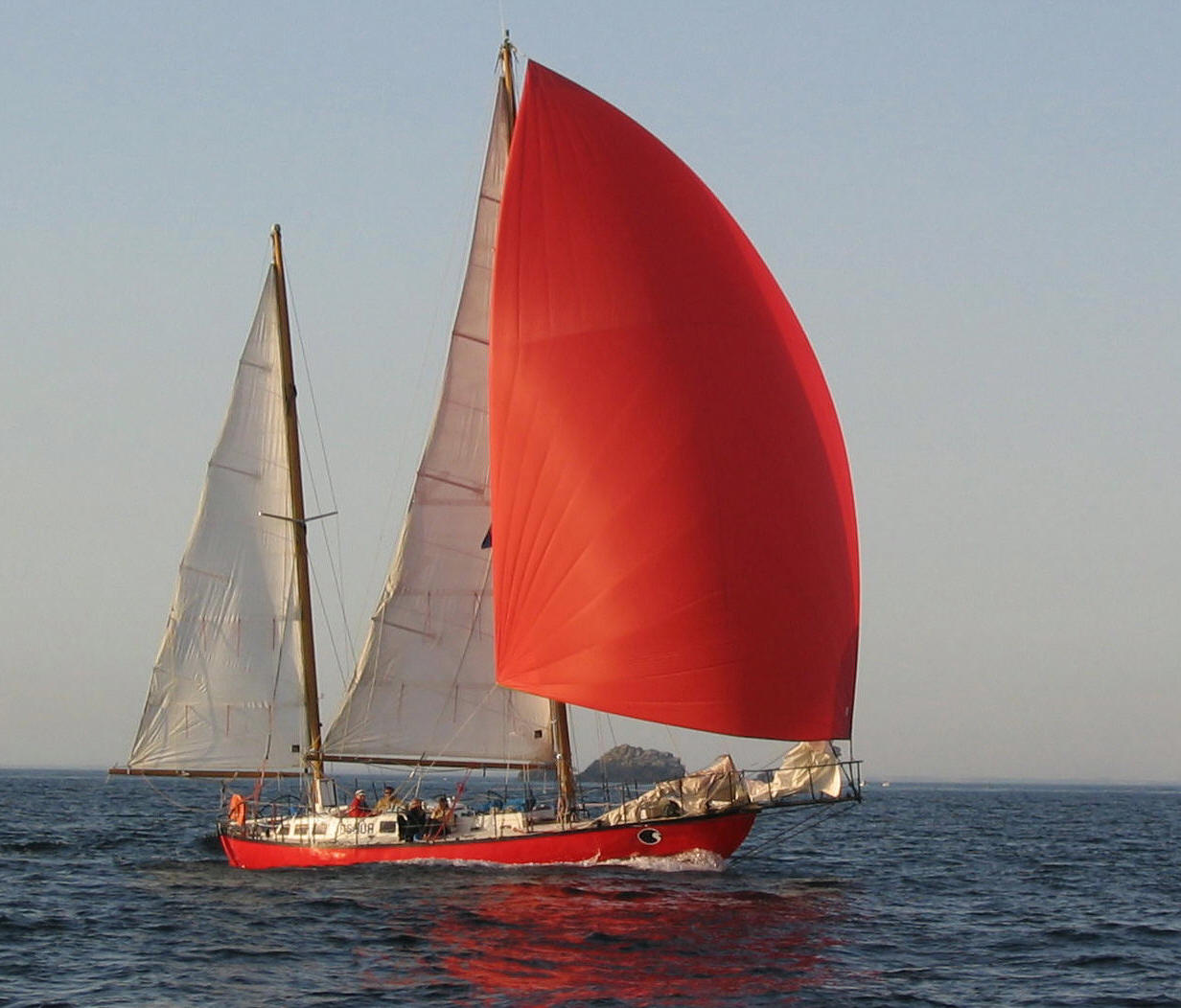
Writing in Sailmagazin US“>SAIL magazine, Charles Doane explains,
Moitessier’s decision to quit the Golden Globe and keep on sailing, which he announced to the world on March 18, 1969, by flinging a note in a film canister onto the deck of a passing ship via slingshot, has in my mind always marked a great turning point in the history of ocean sailing. Prior to that, bluewater cruising and racing were greatly intermingled. Afterward, they became much more distinct avocations.
The views that Moitessier expressed are as compelling now as they were then for those of a similar disposition: it doesn’t have to be all about the race.
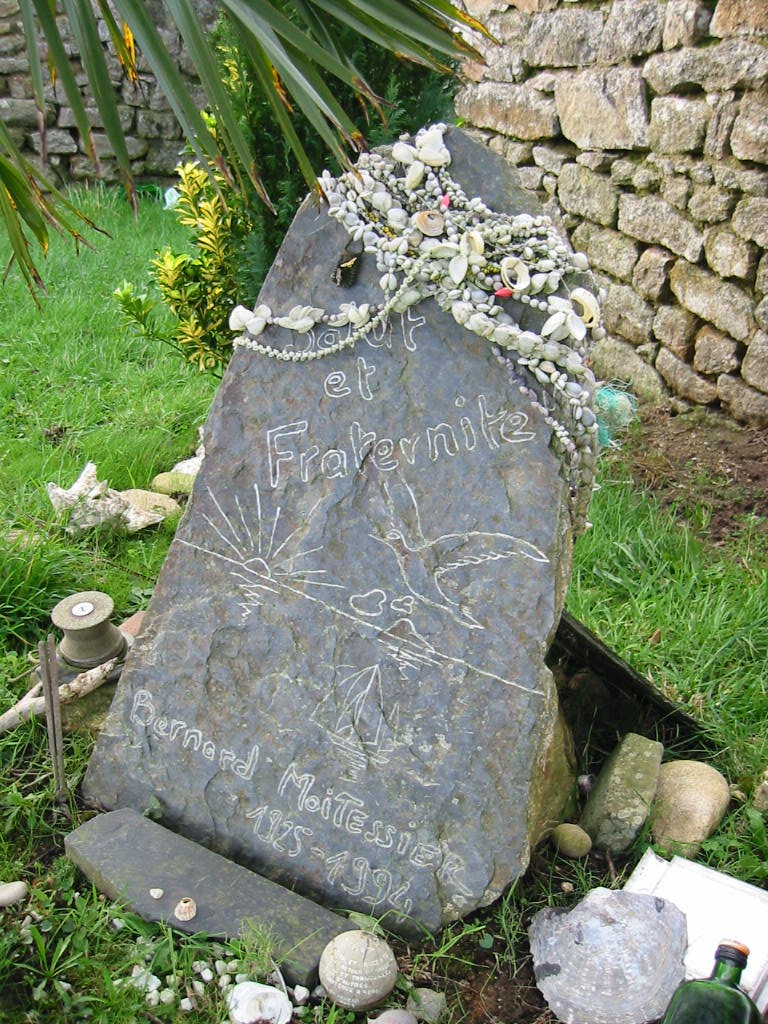
Guy Bernardin is a former BOC competitor just like Don McIntyre, but although it may well have been inspired by (or as a response to) the GGR 2018, his LONGUE ROUTE 2018concept envisages a completely different type of event run along anything but commercial lines. Not for him the restrictions on participant choice or the imposition of expensive conditions of entry!
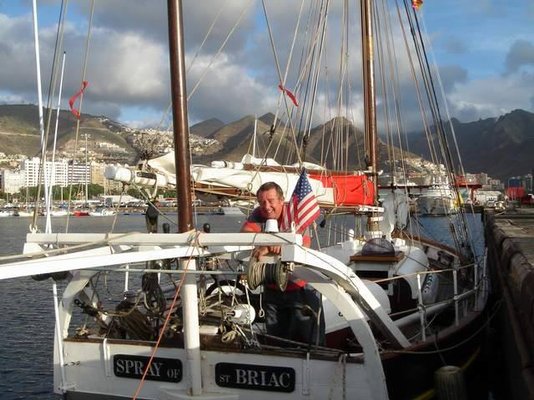
credit Guy Bernardin
Bernardin marked the end of his racing career by setting off on another circumnavigation with his family on a replica of Joshua Slocum’s yacht “Spray” (Moitessier’s “Joshua” was itself named after Slocum). Guy appears to share Moitessier’s philosophy, as demonstrated by the “rules” for his Longue Route2018 event: “Each sailor is thus free of his choice of boat, with a length less than 52 feet (15,80 meters approximately), suitable for ocean passages. Everyone is free to communicate as he wishes, display the colors of partners or sponsors that he can find, and to promote his adventure by all means at his disposal. It is up to him to judge whether, in doing so, he respects the idea of Bernard Moitessier or not … Depending on his sailboat and equipment, everyone also is free from his day of departure between June 18 and September 30, 2018 , from a port north of the 45 ° North of the European coast, or 41 ° North of the American East coast, returning to a French port north of 45 ° North, which will be designated later.”
Tragically Bernardin was lost at sea in October 2017 after being caught in an Atlantic storm on passage from the US to Europe. The Longue Route event will still go ahead, now serving as a tribute to Bernardin as well. The LONGUE ROUTE 2018 has already grown to 23 boats and I would be surprised if other sailors have not signed up to this pilgrimage under sail by the time the start window opens next June.
IN SUMMARY
A few decades in the industry and the experience of attending some 220 international boat shows have convinced me that the blunt instrument school of marketing cannot be expected to deliver results on the scale desired in my business owing to the peculiar characteristic features of the windvane steering market, namely:
– long-lived products
– demanding customers
– the essential role of good advice
– the need for strong aftersales support
– pricing
– resale value.
I have found that dealing with customers directly and individually makes it much easier to satisfy their requirements – and that satisfied customers tend to pay me back for my efforts by doing my marketing for me. I would never seek to present this approach as the easy way, but it has proven to be the right way. For me. So far (says a 70-year old).
Sponsoring probably can be a ticket to the fast lane in many markets, especially if the target group is large and there are plenty of potential customers out there to defray the cost. I think it makes much less sense though in a small market like the international cruising community: marketing costs eventually fall on the shoulders of the customer and there are just too few of them around to support expansive marketing ventures.
That, at least, is the considered view of
Peter Foerthmann
Further reading:

































A beautifully written, well presented argument there! Well done Peter! Yes, the organisers DO seem more interested in personal profit than getting sailors out to challenge the southern ocean and themselves in affordable boats! What a waste of a great original idea!
BRAVO Peter pour ton article sur la GGR!!!! C’est exactement pour cela que je ne fais pas la GGR (golden globe race)… nous sommes nombreux à être d’accord avec toi… Bernard moitessier doit se “retourner dans sa tombe”… encore bravo et merci…..
Hi Peter
Read your blog and also wonder that “if it wasn’t on Suhaili it’s not acceptable, apart from Hydrovane”. Mr Orwell would have approved.
For a “pure” sailing event look no further than the Jester Challenge where you’ll find plenty of variation, and a lot of your equipment which is very highly regarded.
I’ll see if I can find some more photos. I actually changed the leads from that which I sent you
Best regards
Don Heath SY Guppyunchained
interested in cruising and racing around the globe
Thank you, Peter, for beautifully putting on paper (ok, screen..) my thoughts. I have toyed with the idea of following in the wake of sir Robin and his Suhaili pretty much since I bought my boat (sister ship to Suhaili) and learned her history.
I was initially excited, as everyone else, by the idea of GGR (which was announced at the time I was waiting for registration of Golden Globe Race trademark to finish – as I planned back then to announce such an event) but as I discovered pretty soon, my boat would not be allowed. I started to prepare myself to sail anyway on my own account (establishing a competing event seemed a bit foolish path) in my private competition with Suhaili and between modern technology and ways of the past.
I have joined later La Longue Route 2018, finding it so much closer to my own ideals and it gives me an opportunity to stress even more my main goal – to honour ALL participants of the original Golden Globe race.
I hope I’ll be able to do the same 🙂
More information (if Peter will allow these links 😉 ) are available on websites of La Longue Route 2018 http://www.longueroute2018.com and my own http://www.seawitch-sailing.co.uk